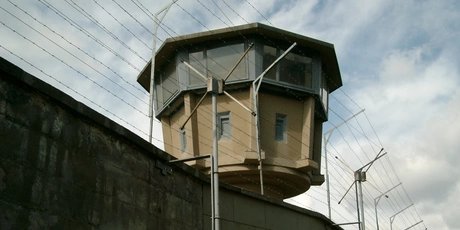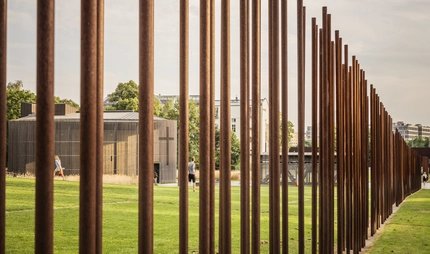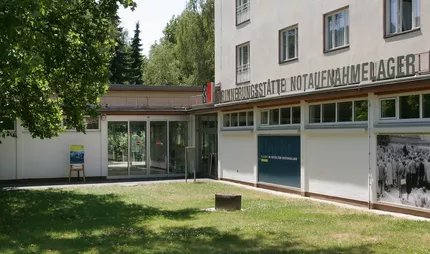
Berlin Hohenschönhausen Memorial
Tour through a former Stasi prison
44 years of political persecution: You can follow the darker side of Berlin’s GDR history in the Hohenschönhausen Memorial.
GDR opponents, people who helped others to flee and political prisoners are all familiar with the former Stasi prison. Today the Berlin Hohenschönhausen Memorial remembers their story. Contemporary witnesses guide you over the site that houses 44 years of political persecution. Large parts of the building have been preserved and give you an authentic impression of the prison conditions between 1946 and 1990. It is therefore no wonder that the memorial attracts more than 400,000 visitors every year.
The permanent exhibition Inhaftiert in Hohenschönhausen – Zeugnisse politischer Verfolgung [Incarcerated in Hohenschönhausen – Witnesses of Political Persecution] shows 300 photos and nearly 500 artefacts including prison clothes and letters from inmates. It depicts the everyday lives of the inmates as well as the story of the former Stasi prison. Now for the first time, separate part of the exhibition looks at the world of the culprits.
Since 28 March 2019, the special exhibition Stasi in Berlin shows the dimensions of this state repression both in the capital of the GDR and in West Berlin. On a walk-in, 160 square meter aerial photograph, visitors explore numerous service objects and thousands of conspiratorial apartments with the help of tablets. Photos, videos and documents illustrate the extent of surveillance. Visitors follow in the footsteps of numerous individual fates - surveillance measures, kidnappings, arrests. What is surprising is how strongly the Stasi was also present in the western part of the city.
History: from an industrial kitchen to a Stasi prison
A special Soviet camp was set up on the site of a former industrial kitchen in the north-east of Berlin at the end of the Second World War. After the camp was closed in October 1946, the central Soviet custodial prison for East Germany was established in the cellar of the building. The Ministry for State Security took it over in 1951 and expanded it with a new building in 1961 and used it until 1989 as a central custodial prison. Thousands of political prisoners were incarcerated here included nearly every famous GDR opponent.
The prison was sited in a restricted military area that was hermetically sealed from the outside world. The area was not even marked on any East German city map. Today, the site of the former prison of the Ministry for State Security in Berlin-Hohenschönhausen stands for the history of political persecution in the Soviet-occupied zone and the GDR like almost no other location in Germany.
Contemporary witnesses tell the story
Especially emotional is a tour with a former inmate who can recount his personal tale and it is just these authentic contemporary witness accounts that attract so many visitors to Hohenschönhausen.
Information for schools
The memorial offers seminars and project days.
Groups can view the former Stasi prison as part of a guided tour. Due to high demand, you should book an appointment in good time. The 90-minute tour, which in most cases is conducted by a former inmate, allows pupils to obtain a gripping insight into the SED dictatorship. There are training courses and teaching materials available as a free download for teachers.
Registration is required for all public tours at besucherdienst@stiftung-hsh.de or 030 / 98 60 82 30. The permanent and special exhibition can also be visited without booking for a guided tour.
Further information on tours and guided tours can be found on the website, as well as the memorial's digital educational offerings.
The memorial offers tours in German through the interior of the remand prison. These begin daily between 10 am and 4 pm on the hour. The group size of the tours is limited to 20 people.
The memorial and all exhibitions are open daily from 10.00 am to 6.00 pm.



